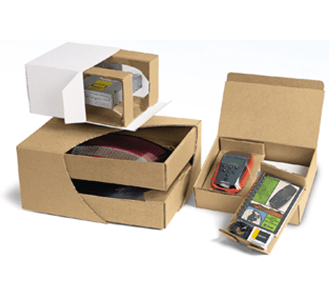
A decade ago, the vast majority of packaging went straight into the all-purpose waste bin, or was burned. Today’s focus on recycling solutions means that there is far more scope for recycling, and far less need to send everything to landfill. This short guide will help you to get your packaging into the right bins.
The Basics
Cardboard and paper can always be recycled, except in some cases where decorative paper has metallic stencilling over it. Always check if you are unsure.
Packing peanuts are plastic and cannot usually be recycled. The best way to deal with them is to re-use wherever possible. If the packing peanuts can be kept clean and dry they will give plenty of service, whether you can re-purpose them into transport boxes, or use them for your own safe storage.
Plastic stretch wrap generally cannot be recycled, however some modern recycling units will have energy from waste systems attached to them and burn this type of rubbish as a means of generating usable steam for district heat and cooling systems. Speak to your local council to find out more.
Some plastic inner trays can be recycled. Check for the recycling symbol and speak to your local processing facility.
Metal cans can usually be recycled. Again, check for the symbols to see the best means of handling them.
Learning to Read the Labels
Most commercially produced materials will have a recycling symbol on them to help you work out how to deal with the waste in the best way. You can find out more information here: https://www.recyclenow.com/recycle/packaging-symbols-explained
Waste can be turned to energy with EfW or Waste-to-energy incineration systems and some large commercial processors may even decide to invest in their own to benefit from the reusable energy source. Speak to your local council as a starting point to find out more about these systems and their potential application within your business.
